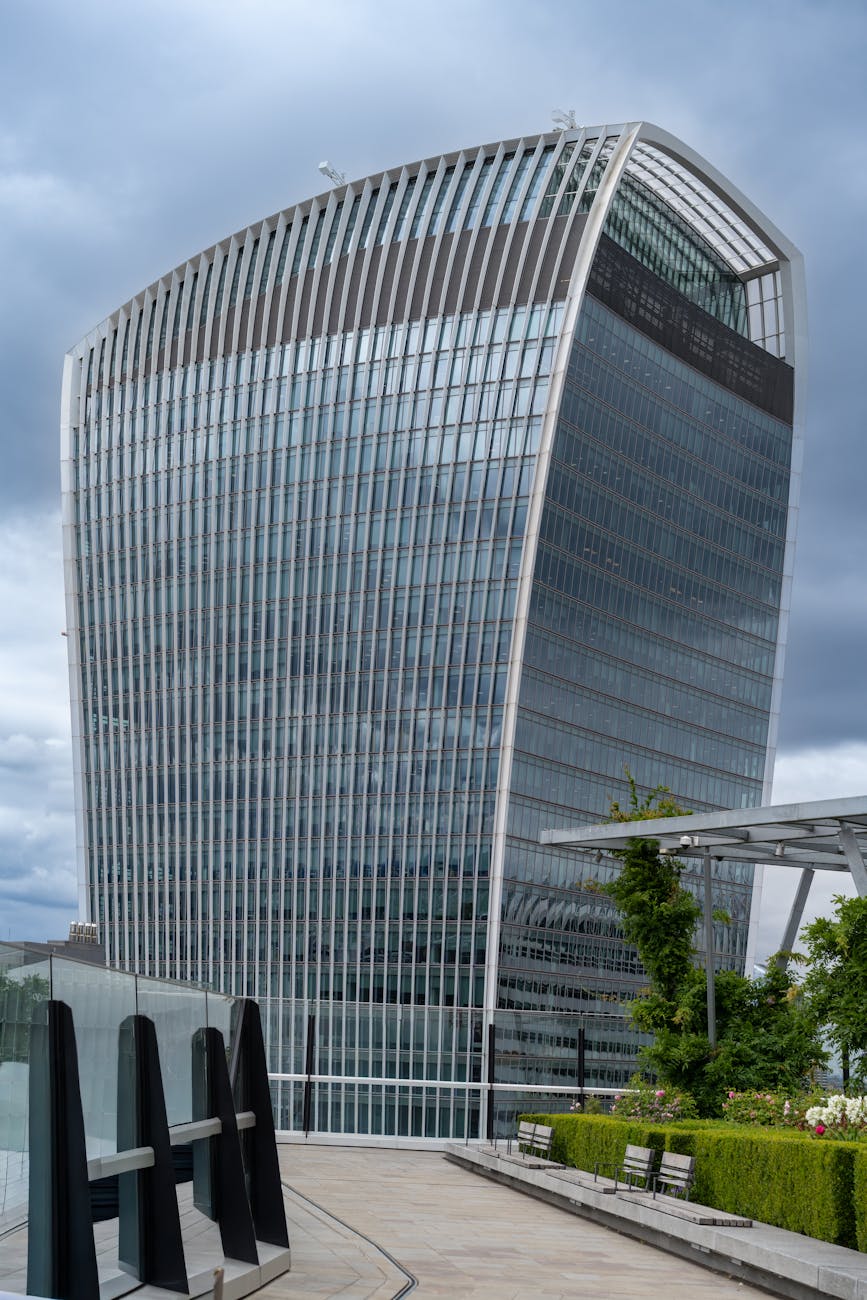Day Two: Politics Takes Center Stage
On the second day of Donald Trump’s state visit to Britain, the atmosphere shifted noticeably from ceremonial grandeur to a more politically charged environment. The fanfare that typically accompanies such high-profile visits was dialed back, allowing for a focus on pressing diplomatic issues and negotiations. This change in tone reflects the complexities of international relations in an era marked by both opportunity and contention. While the first day might have been about handshakes and smiles, the second brought the realities of governance front and center.
Meetings and Discussions
Trump’s agenda for the day was packed with meetings with key British leaders. The discussions centered around trade agreements, security collaborations, and shared interests in addressing global challenges. Both sides aimed to navigate the murky waters of Brexit implications and how they might affect future economic partnerships. The atmosphere was less about photo ops and more about the nitty-gritty of governance, with advisors and diplomats working behind the scenes to ensure that both parties walked away with something of value.
One of the most significant discussions was centered on trade. The U.S. is keen to establish a robust trade deal with the U.K., particularly as it seeks to redefine its international trade landscape post-Brexit. The potential for tariffs, regulations, and market access were all on the table, and both sides were acutely aware of the stakes involved. The U.K., on its end, is looking for assurances that it won’t be left out of lucrative trade opportunities as the U.S. pivots towards other global partnerships.
Public Reaction
The public reaction to this shift in focus varied widely. While some applauded the emphasis on substance, others expressed frustration over the absence of the usual pomp and circumstance that characterizes state visits. Protests dotted the landscape, reminding everyone that Trump’s policies are as contentious as ever. Demonstrations ranged from small gatherings to larger events, with protesters voicing their concerns about everything from immigration to environmental policies.
This backdrop of civil dissent contrasted sharply with the carefully curated events attended by Trump and British leaders. The juxtaposition of high-level meetings and grassroots dissent painted a vivid picture of a nation grappling with division. It highlighted the reality that while political leaders may be negotiating in conference rooms, the voices of everyday citizens are equally present and vocal in the streets.
Media Coverage
Media coverage of the day’s events reflected this dichotomy. Reports shifted from covering the spectacle of ceremonial duties to scrutinizing the outcomes of high-stakes negotiations. Analysts weighed in on the potential implications of the discussions, emphasizing that the stakes were high for both nations. The press was keen on capturing not just what was said, but what was left unsaid, hinting at underlying tensions that could shape the future of U.S.-U.K. relations.
Journalists probed deeper into the nuances of the discussions, shedding light on how Trump’s approach to foreign relations differs from his predecessors. The emphasis on transactional relationships, rather than long-standing alliances, is a significant departure that has left many in the political arena scrambling to adapt. The media’s role in dissecting these developments cannot be understated, as it influences public perception and shapes the narrative around international diplomacy.
Looking Ahead
As Trump continues his visit, the focus will likely remain on securing tangible agreements rather than simply maintaining an air of diplomacy. This pragmatic approach may resonate with certain sectors that prioritize results over rhetoric. However, the balancing act of appeasing both domestic and international audiences will likely challenge the administration in real-time. The world is watching closely as the second day of this visit unfolds into a larger narrative of cooperation and conflict.
The outcomes of these discussions could have far-reaching implications, not just for the U.S. and U.K., but for global markets and international relations as a whole. As the visit progresses, it will be crucial to monitor how these conversations evolve and what commitments are made, or broken, in the days to come.
Questions
What specific outcomes are being sought from Trump’s meetings in Britain?
How will public sentiment influence the U.S.-U.K. relationship moving forward?
What are the potential long-term effects of this visit on international trade policies?

